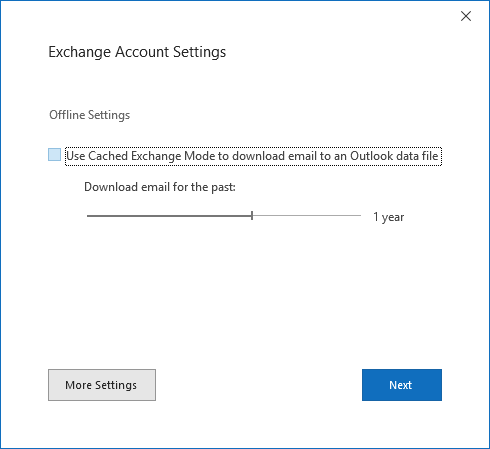
how to fix windows security that keeps asking for outlook password – 7 tips
Many Outlook users report that Windows Security keeps asking for Outlook passwords. It doesn’t matter if they click cancel or connect, the prompt will appear again and again. This guide describes how to fix windows security that keeps asking for outlook password.
Why is Windows security asking for Outlook password?
- Outlook is designed to prompt you for credentials.
- A bad password is protected from the credential store.
- Required authentication settings for outgoing server and incoming server.
- Outlook Anywhere is not configured to use NTLM authentication.
- The network connection is slow or unstable.
- Corrupt Outlook Profile.
- Anti-virus program.
- Shared calendar.
how to fix windows security that keeps asking for outlook password
How to prevent Windows Security from asking for Outlook passwords? .
Fix 1: Windows security patch makes it Outlook password when you update Office

You can try to install the latest update to fix this problem. To update Office, go to File > Office Account > Update Options > Update Now.
Update Microsoft Office
Fix 2: Switch to stable network connection
If your network is slow or unstable, Outlook may lose connection to the mail server, and it will prompt you for a password when you try to reconnect.
You can try moving to a stable network environment and check if the issue still occurs.
Fix 3: Turn off the variable cache mode
- In Outlook, click File > Account Settings > Account Settings.
2. Select an Exchange or Microsoft 365 account, then click Edit. Change account settings
- Under Offline Settings, if there is a check mark next to Use Cached Exchange Mode, uncheck it. Turn off the variable cache mode
- Click Next. You must restart Outlook for the change to take effect.

Fix 4: Reset the connection settings for Outlook
You can try resetting the connection settings for Outlook through the Windows Credential Manager. This is how:
- To open Credential Manager, type Credential Manager in the search box and select Credential Manager Control Panel. Credential management
- Select Windows Credentials to get the credentials for Outlook that you want to manage.
- Click the name to expand the credentials and click Delete. Clear the saved password
If there are other credentials that refer to the Outlook email address, please do the same. - Exit and restart your system.
Fix 5: Check credentials
- In Outlook, go to the File tab.
- In the Account Settings section, select Account Settings.
Account settings
- Select your account and click Edit.
- In the Change Account pop-up window, make sure that Remember Password is checked. Click the More Settings button. Check credentials
- Switch to the Security tab. 6. Deselect the Always direct login option under User Identification. Click OK and close your Outlook.
Uncheck Always prompt for login credentials
Fix 6: Sign in and sign in to the Office application
Step 1: Open an office application such as Word or Excel. Click File > Accounts.
Step 2: In the main window, under User Information, click the Sign In link. Confirm that you want to leave. Close the conversation. Get out
Step 3: Wait 5 seconds. Open an Office Word or Excel program, sign in with your Office account, and enter your password.
Sign in to Office
Step 4: Wait 5 seconds. Open Outlook. You should not be prompted again.
In some cases, you’ll see the box appear again for each shared mailbox you enter. If this happens, be sure to check the “Remember my credentials” option when prompted to log in. Make sure the username is your Microsoft Office 365 username and enter your RRU password.
Click OK.
Remember my username
Step 5: Repeat for each shared mailbox you have.
Fix 7: Temporarily disable Windows Defender Antivirus

- Select Start > Settings > Update & Security > Windows Security > Virus & threat protection > Manage settings (or Virus & threat protection settings in earlier versions of Windows 10).
- Change protection directly to Off. Click Yes to confirm this change, if prompted. Temporarily disable Windows Defender Antivirus
- Check if the problem has been solved with Acronis software.
- To restart Windows Defender Antivirus, click the restart button.



